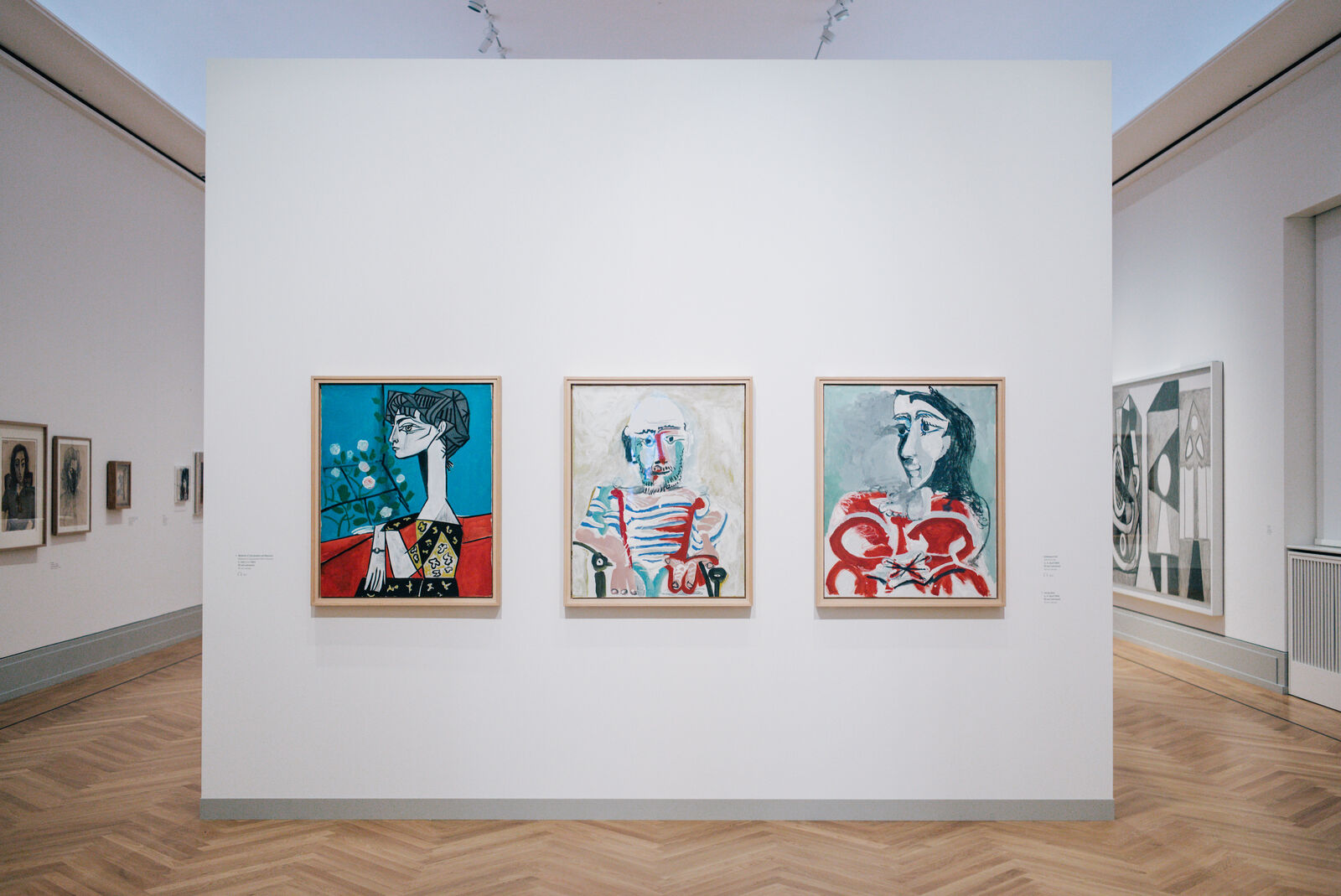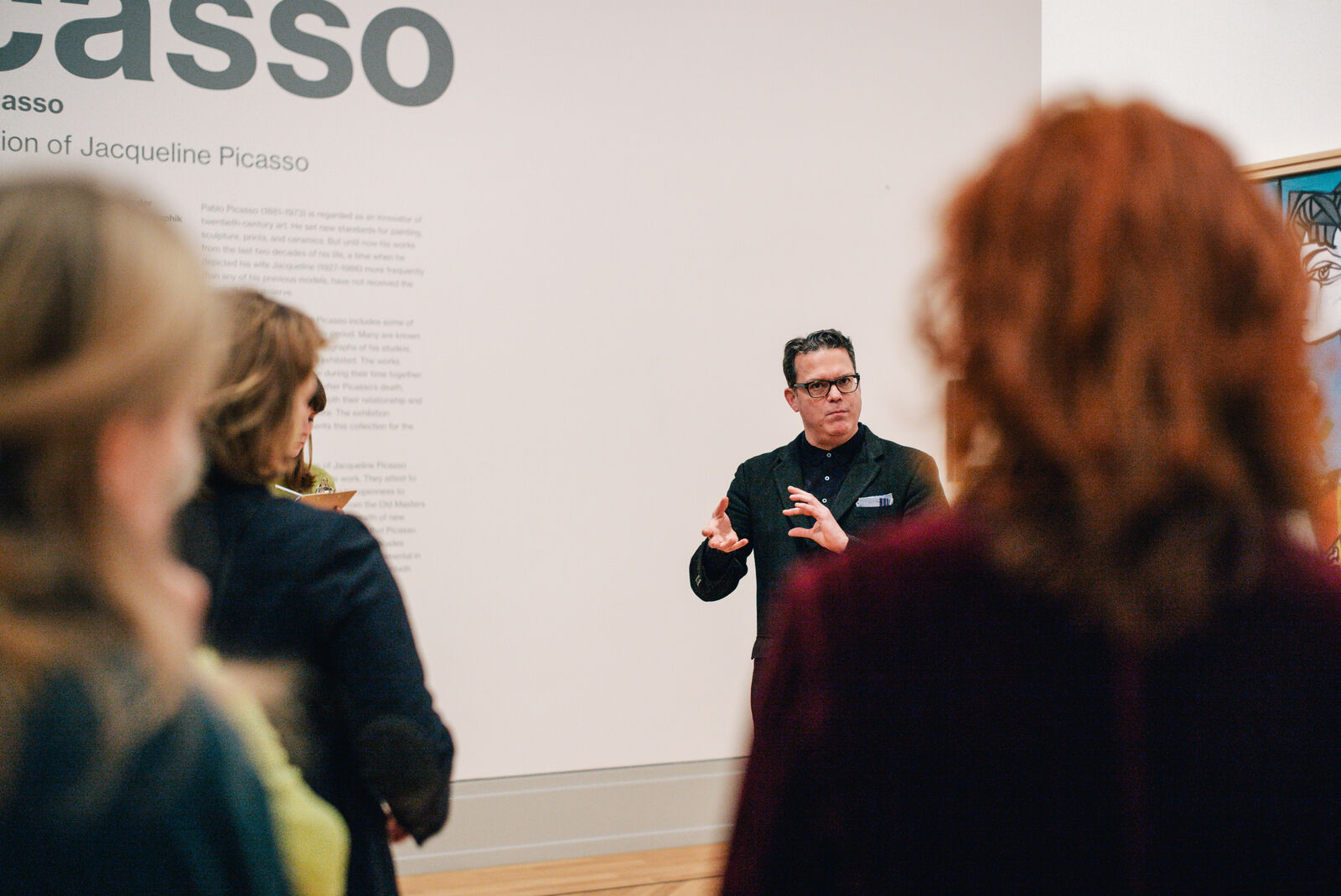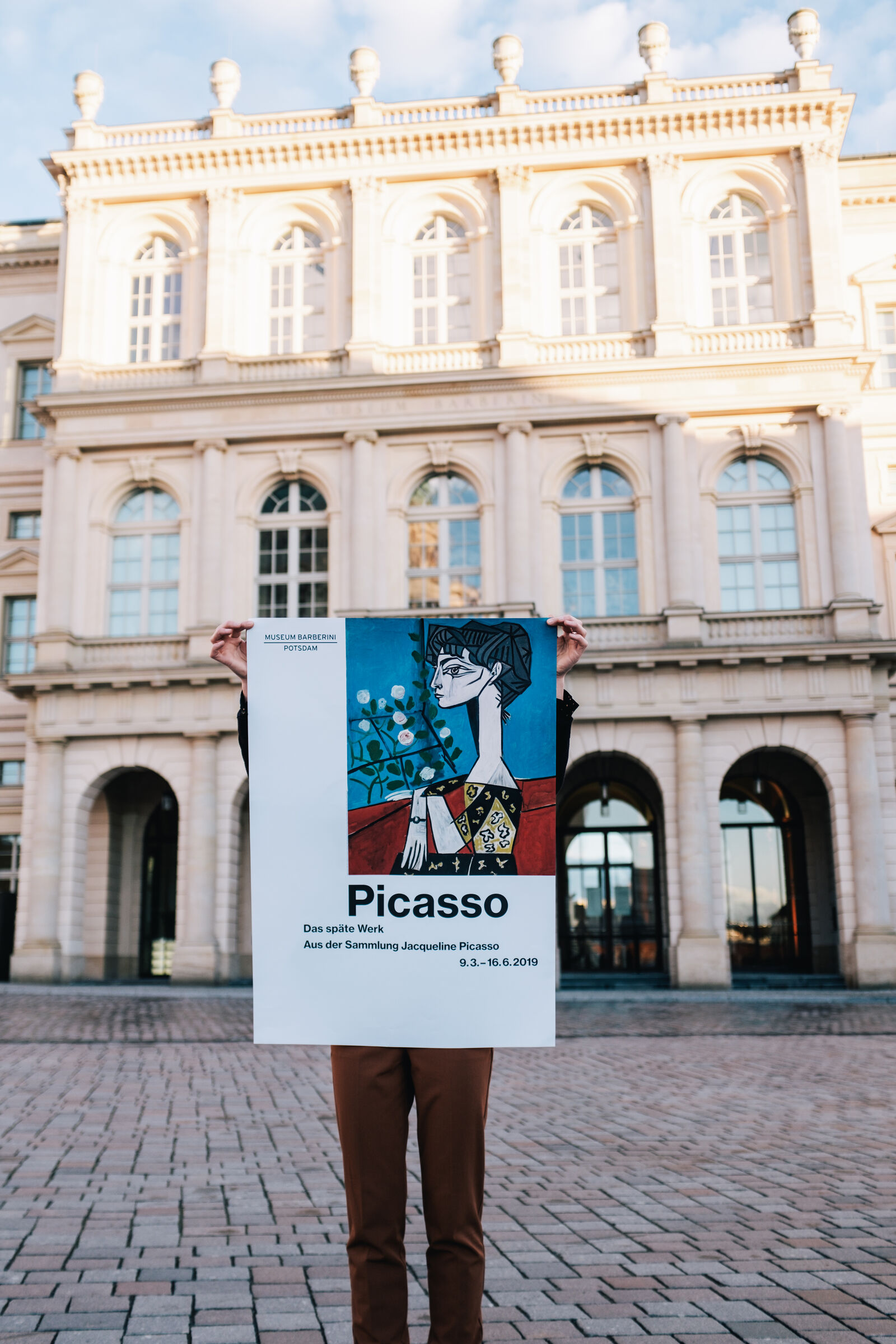
Picasso: The Late Work
Picasso’s power of innovation and his examination of Abstract Expressionism, Pop Art, and Art Brut were the focus of this major retrospective covering the last two decades of his work.
Pablo Picasso (1881–1973) is famous for shaking up art in the twentieth century and for resetting the bar in painting, sculpture, printmaking, and ceramics. The last two decades of his career are less known; the exhibition Picasso: The Late Work aimed to show just how full of life, freshness, and innovation Picasso remained until the end of his life. All loans came from the collection of Picasso’s second wife, Jacqueline Picasso (1927–1986). Her daughter, Catherine Hutin, granted permission for the Museum Barberini to present these items that had rarely been seen in public before — 136 paintings, drawings, sculptures, ceramics, and prints.

Henry Balaszeskul
“Picasso continued to reinvent himself all his life. Juxtaposing works from different dates reveals the breadth of stylistic expression that makes this period as dynamic as any other.”
The selection by guest curator Bernardo Laniado-Romero, former director of the Picasso Museums in Barcelona and Málaga, included many works that were displayed in Germany for the first time, and a few that had never been presented in a museum before. His curatorial approach was to investigate the artist’s work of the 1950s to early 1970s in the context of his own time, when Existentialism was shaping Art Informel in Paris, and Abstract Expressionism and Pop Art were developing in New York.
The exhibition patron is the Ambassador of the Kingdom of Spain in Germany, His Excellency Ricardo Martínez.

Succession Picasso/VG Bild-Kunst, Bonn 2020; Photo: Henry Balaszeskul
Pablo Picasso: Madame Z (Jacqueline with Flowers), 1954
Retrospect
The late work of Picasso was enthusiastically received in Potsdam by over 168,000 visitors. An extensive program of events and educational activities with lectures, tours, discussions, concerts, and an art film series accompanied the exhibition. Cooperative tours with the Museum Berggruen and the Museum Barberini drew attention to Picasso in Berlin und Potsdam.
Media Partners








